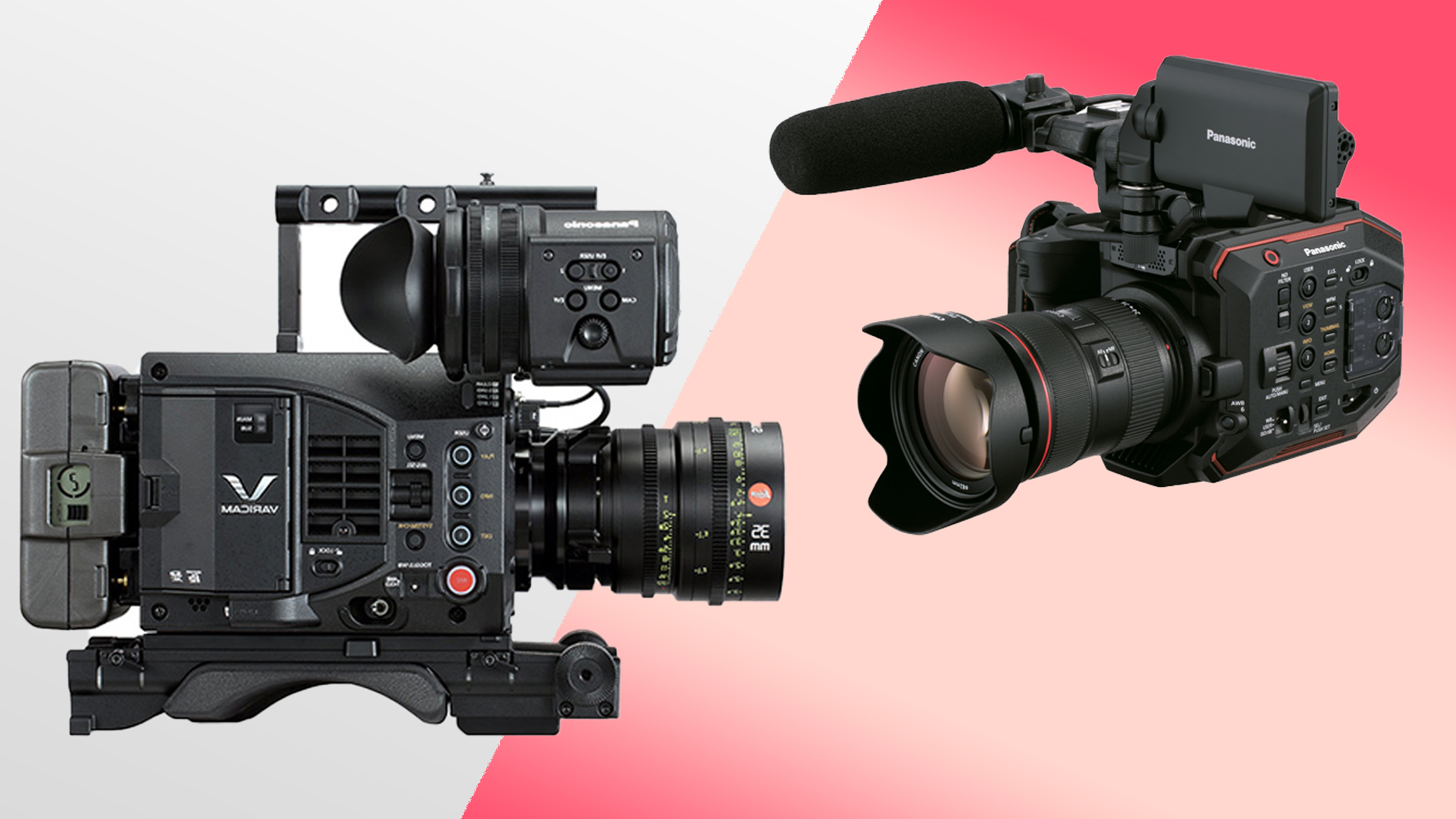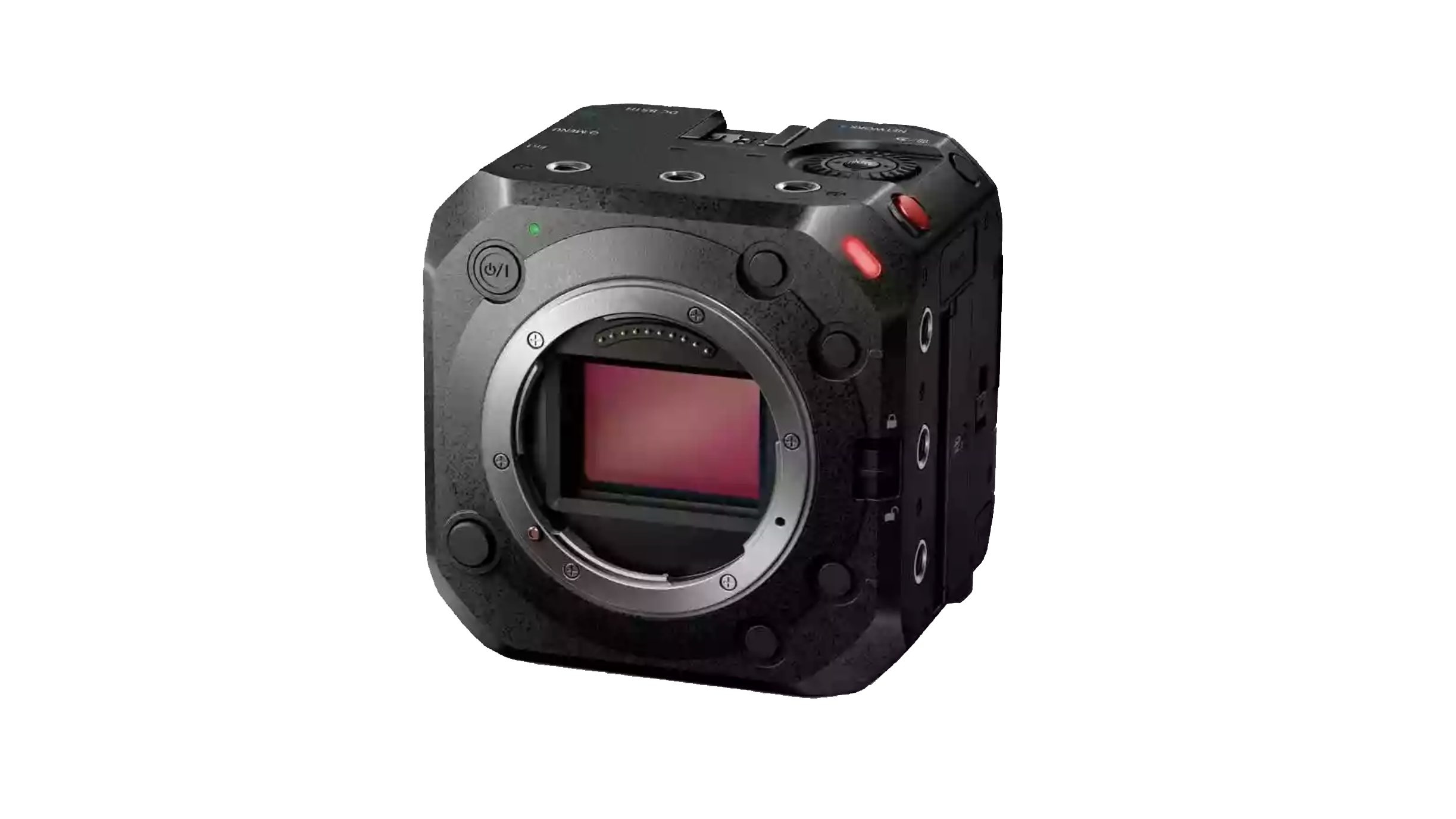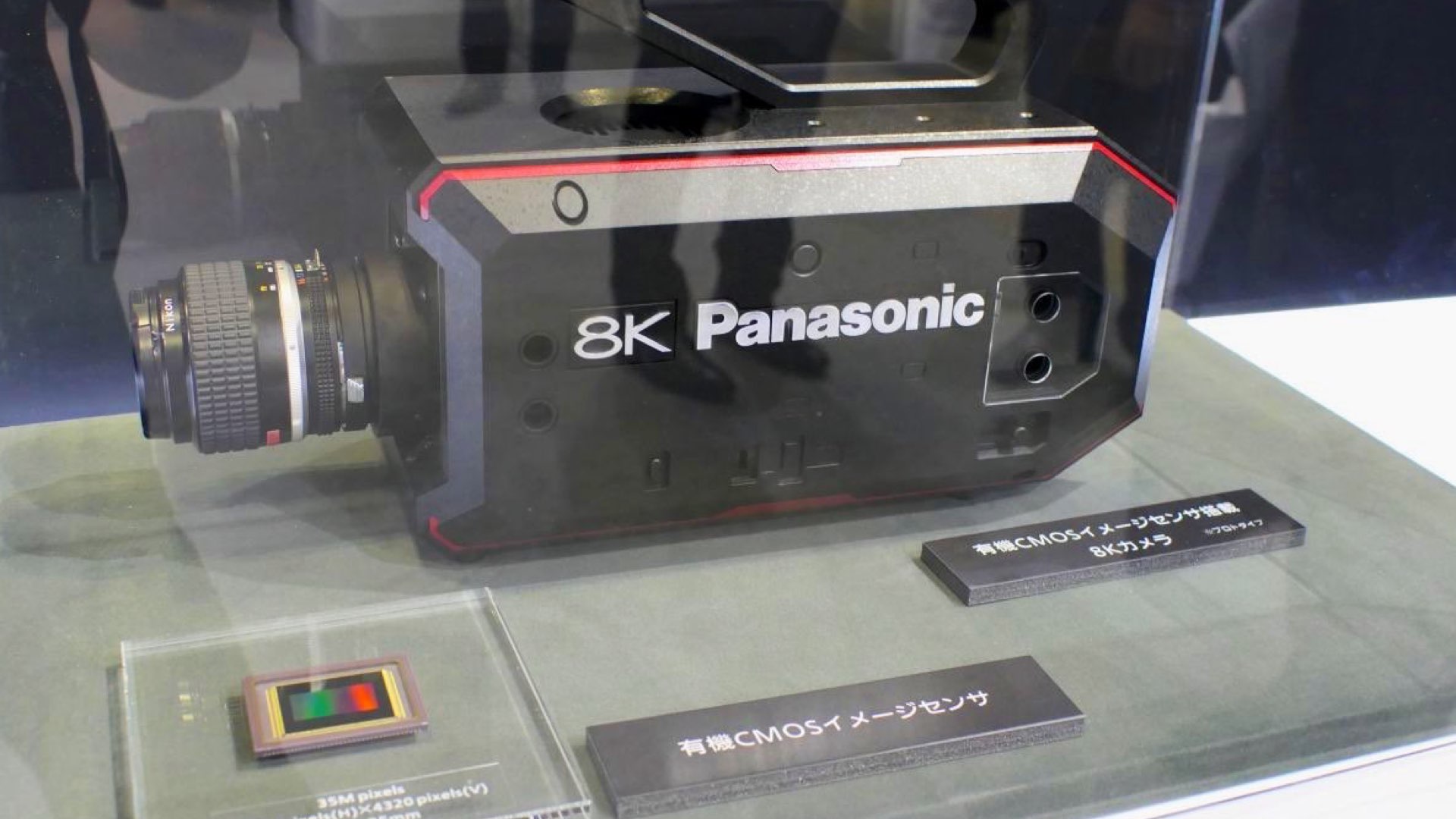Is Panasonic abandoning or evolving its cinema camera line up?
Are the Eva1 and Varicam LT the forgotten children of Panasonic's video camera family?

Panasonic’s current cinema cameras are the Eva1 and Varicam. These cameras have been used to produce award-winning TV series such as Deadliest Catch and even for Netflix and Hollywood productions. So why has all news and the dedicated social media channels about these cinema cameras dried up, are Panasonic abandoning or evolving their cinema line up?
The Eva1 was launched in 2017 as a compact style cinema camera directly in competition with the Sony’s FX series, it produces a 5.7K Super 35 image and is capable of recording 4K 60p and internal super sampling from that 5.7k sensor to generate superior noise control, featuring dual ISO of 800 / 2,500 - offering it as a great option in poorly-lit environments and is more suited to documentary style of filmmaking.

The latest Varicam LT was released in 2019 and is a professional industry standard body, it is built from a magnesium body that ships with a removable Canon EF mount, which can be swapped to standard PL mount, if that is your lens mount system of choice. The Varicam is also capable of producing 4K 60p and slow motion at 240p at 2K, offers dual ISO of 800 / 5,000 and a plethora of professional features, making this a brilliant cinema camera for many commercial settings.
Both options sound great for many different types of filmmakers, so why might these brilliant cameras not see newer editions?
It all starts with significant price drops over that last few months, Varicam LT has seen a huge reduction from its list price of $18,000 to under $11,000. This price drop was announced by Panasonic to make Varicam a more affordable option to independent filmmakers, Eva1 has also seen $1,000 price reduction to $6,495.

These signs could be interpreted as new models are on the horizon however, more evidence suggests it might be the end of the line for these models. Shot on Varicam, an e-magazine produced by Panasonic highlighting all the work shot on these cinema cameras has not been produced since Spring 2019 and its movie list below has not been updated in over a year.
Social media channels abandoned
In today’s world of modern technology, getting your marketing in the hands of users is paramount, yet Panasonic’s social media accounts dedicated to their cinema line up remain in a frozen state.
Get the Digital Camera World Newsletter
The best camera deals, reviews, product advice, and unmissable photography news, direct to your inbox!
Its Instagram was last updated in October 2020. Its YouTube channel was last updated in April 2020. Its last Tweet on Twitter was in July 2020. Facebook sees little activity related to Eva and Varicam products.
Also, to have fuel to the fire, in September Panasonic's Director of Imaging, Yosuke Yamane published a letter stating the company would not be selling off the Lumix side of the business and continued to say that Panasonic is committed to full frame and Micro Four Thirds cameras, but made no mention of its cinema line up.

Back in December 2020 Panasonic introduced the Lumix BGH1, a box style camera capable of producing 4K video in an extremely compact form factor. In October 2021 the BS1H, successor to the BGH1, brought to the table a full frame sensor capable of producing 6K video with 14 stops of dynamic range.
Due to size, weight and ability for ergonomic outrigging of accessories these style of cameras have proved popular with independent filmmakers and studios, some used for internal car shots, placed high up in indoor stadiums for wide dramatic crowd shorts , and even placed above goal posts, tennis courts and basketball hoops for dynamic sports coverage.
In November, a prototype of a 8K Panasonic camera was exhibited at a convention in Japan which had a 35MP Super 35 sensor – however, there is no information on if and when this camera will come to market.

Both the Panasonic Eva1 and Varicam systems have produced many films and features that showcase stunning cinematography and are still externally viable options, and both have loyal fanbases.
It would be a shame to see these models discontinued however, as technology evolves, so do the wants and needs for cinematographers around the world and quite possibly that won't include the likes of Eva1 and Varicam style bodies in the future.
Read more:
Best cinema cameras
Best cine lenses
Best laptops for video editing
Best video editing software

For nearly two decades Sebastian's work has been published internationally. Originally specializing in Equestrianism, his visuals have been used by the leading names in the equestrian industry such as The Fédération Equestre Internationale (FEI), The Jockey Club, Horse & Hound, and many more for various advertising campaigns, books, and pre/post-event highlights.
He is a Fellow of the Royal Society of Arts, holds a Foundation Degree in Equitation Science, and holds a Master of Arts in Publishing. He is a member of Nikon NPS and has been a Nikon user since his film days using a Nikon F5. He saw the digital transition with Nikon's D series cameras and is still, to this day, the youngest member to be elected into BEWA, the British Equestrian Writers' Association.
He is familiar with and shows great interest in 35mm, medium, and large-format photography, using products by Leica, Phase One, Hasselblad, Alpa, and Sinar. Sebastian has also used many cinema cameras from Sony, RED, ARRI, and everything in between. He now spends his spare time using his trusted Leica M-E or Leica M2, shooting Street/Documentary photography as he sees it, usually in Black and White.
